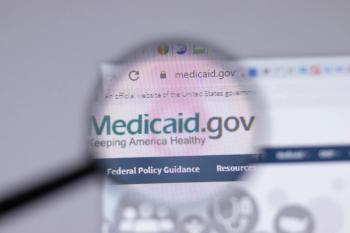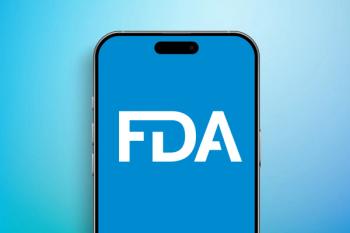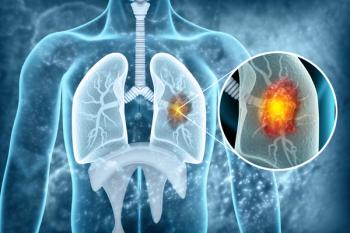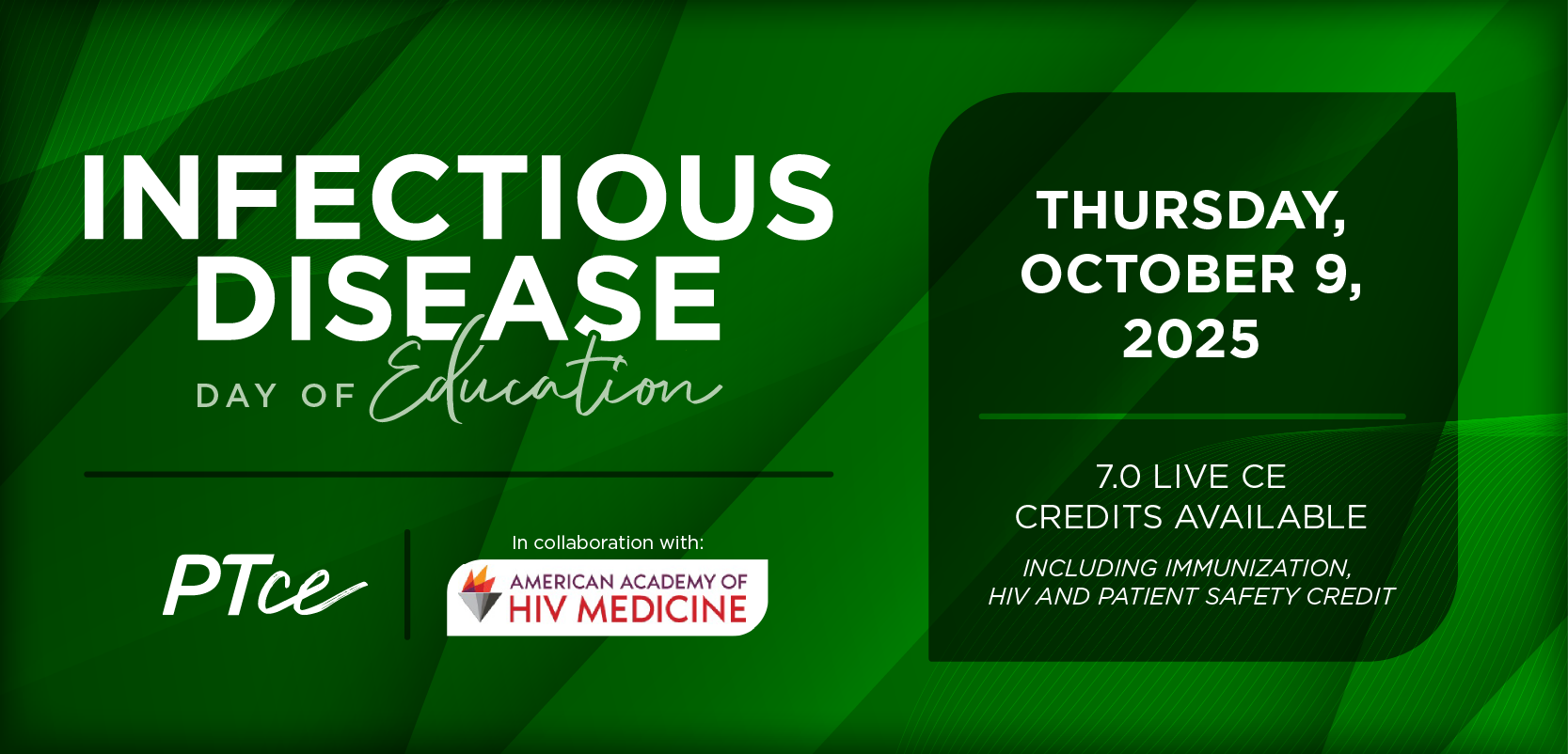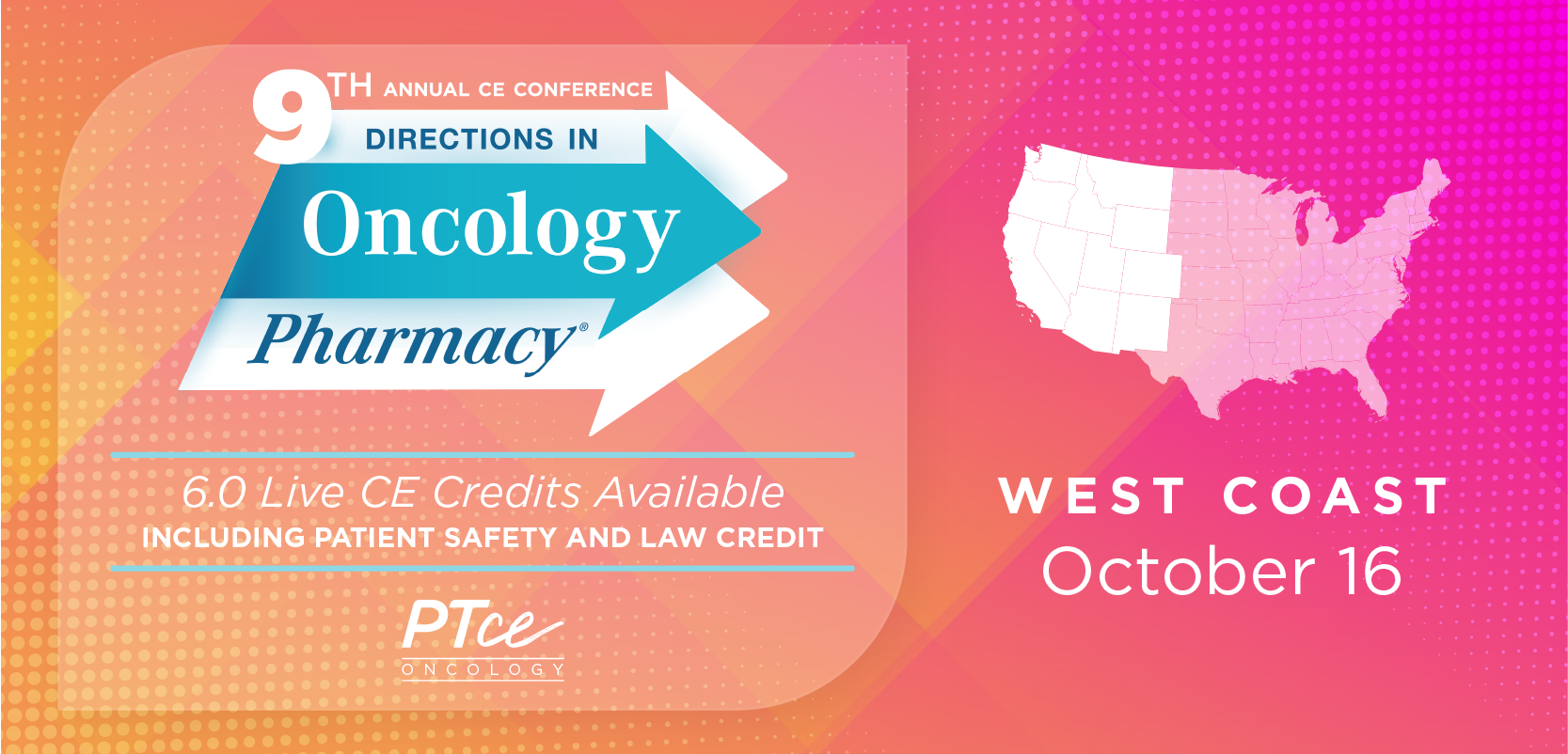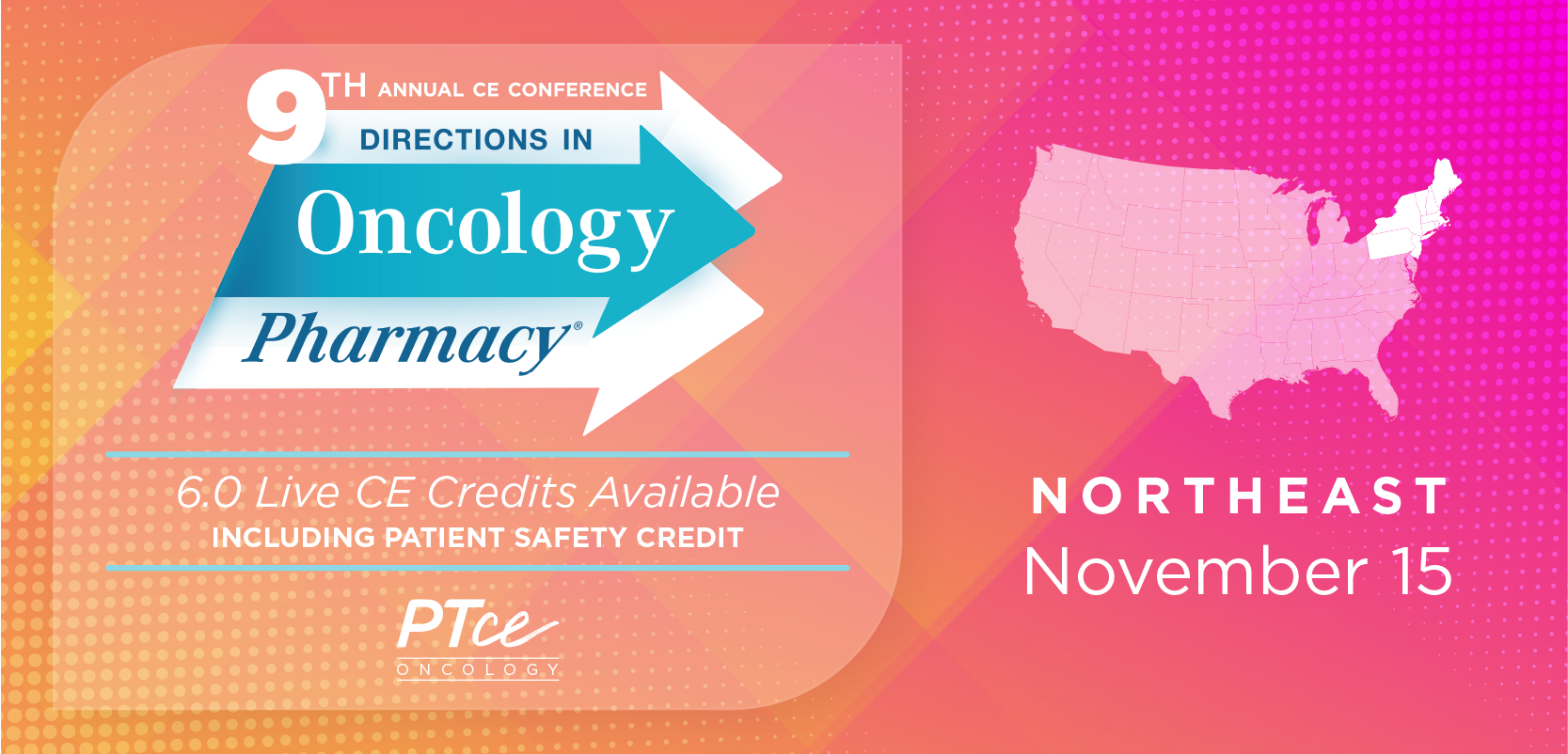Pharmacy Times interviewed Laura Gillespie, PharmD, regional antimicrobial stewardship pharmacist, Mishawaka and Plymouth Medical Centers, Saint Joseph Health System, on her paper “Impact of Pharmacist-Led Initiatives on Health Care–Associated Clostridioides difficile Rates” published in the March issue of Pharmacy Practice in Focus: Health Systems and her presentation of that paper at the Peggy Lillis Foundation’s 2024 National C diff Advocacy Summit. Gillespie discusses how pharmacist-led initiatives on health care–associated Clostridioides difficile (C diff) rates was able to decrease C diff-associated all-cause mortality, as well as some of the financial benefits of having a pharmacist focused on antimicrobial stewardship efforts in a health system.
Pharmacy Times: Your paper showed that pharmacist-led initiatives addressing health care–associated C diff rates decreased C diff-associated all-cause mortality. How did this occur, and what are the potential implications of these findings if applied to other health systems?
Laura Gillespie, PharmD: So, I just remember the CDC always putting out these antimicrobial resistance threats publications and reading about it, and the impact or how much C diff contributes to morbidity and mortality of patients. I don't know why it's just always clung to me, but I've always thought, ‘Gosh, everything that we do we really need—all of our impact really boils down to the end of are we creating resistant organisms? And are we just creating these monster bugs, or superbugs,’ and then eventually, it leads to C diff, and then it can lead to mortality, or death of patients. So, it's always been a goal of mine to make sure that we're really focused on that at our health care system and making sure that we're decreasing those rates.
So, we can decrease the risk of C diff, obviously, by making sure that we've got proper hand hygiene and all the things that an infection preventionist does, but also making sure that when we treat a patient who does truly have an infection that we need to use an antimicrobial for, we're using the most effective antibiotic, the most narrow spectrum, for the shortest duration possible, so that again, we're not creating this vicious cycle where we use an antibiotic, we create a superbug, and then the next time they get infected, now we have to treat the super bug, which means broader antibiotics, longer duration of time, and then guess what happens, then they get C diff, and then it's a cycle. So just making sure that we're stopping that cycle and knowing that the ultimate outcome is the C diff and we’re making sure we're just stopping that.
Pharmacy Times: What are some of the financial benefits of having a pharmacist focused on antimicrobial stewardship efforts in a health system?
Gillespie: So, sometimes I don't like talking about the economics, because I really like focusing on the clinical care of a patient. But economics is very important, especially if I want to have my job, so it is very important to look at. So, one of the things that we did highlight in the paper is basically what does a case of C diff cost the health care system. Now this is very, very old data, [but] it was around $17,000, and I think that this was a 2015 study showing that. So, if you think that it's at least double, at least maybe even triple that nowadays—I can't even imagine it probably is at least $30,000, it's probably somewhere between $30,000 and $50,000. By the time that you are causing increased treatments, increased hospital length of stay, sometimes the patients have to come in because they haven't been treated effectively, so now they're coming back into the health care system. So, the economics is astronomical. And so just looking at mortality rates alone, or the treatment of C diff, you're looking at a whole stewardship pharmacist position right there out of the money that you've saved. And sometimes it's a little bit hard, I think, to wrap our minds around, because oftentimes, in a health care system, we're like, ‘Well, how much money this is bringing in,’ right? So, but a stewardship pharmacist actually saves the money. So, you're not bringing in money, you can't actually see it, you're just not spending it. So sometimes that's a little bit of a hard concept, if you think about it.
Other ways that we save money, this is something kind of small, if you will, but we look at all of the ways that we dose our antibiotics. So, let's take cefepime [Maxipime; Pfizer], for example. So, when we dose cefepime, the traditional dosing of that is 2 grams Q8 hours. So, you're thinking about 2 grams 3 times a day. So, you've got 6 grams a day. So, you think about how much 6 grams cost. So, we have looked at pharmacokinetic data, which basically looks at how does it treat the patient more effectively at a similar type of dose, but giving it more often, but less of a dose, and it has similar efficacy. So, if you give one gram Q6 hours, well you're giving 4 grams a day instead of 6, so guess what the hospital sees? Well, you just saved us some money. But really, in the end, yes, we did, but in the end, we actually saved the patient from getting extra unnecessary antibiotics. They didn't get 2 grams extra each day that they're on it. So, it saves their gut a little bit when restoring their microbiome. And it's actually less toxic for the patient as well. So same efficacy, less cost, less toxicity, and it's a win-win. So those are a couple of ways that we can economically save in the health care system.
Pharmacy Times: How can pharmacists help patients address issues pertaining to the financial toxicity of treatment and care?
Key Takeaways
- Pharmacist-Led Interventions Reduce C diff Mortality and Financial Burden:
- Gillespie's research demonstrates that pharmacist-led initiatives targeting health care–associated C diff rates not only reduce infection rates but also decrease C diff–associated all-cause mortality. By focusing on appropriate antibiotic use—using narrow-spectrum antibiotics for the shortest effective duration—pharmacists help break the cycle of antibiotic resistance and subsequent C diff infections, ultimately saving lives.
- The financial implications of C diff infections are substantial, with estimated costs ranging from $30,000 to $50,000 per case. By preventing these infections through targeted interventions, pharmacists contribute significantly to cost savings within health systems, directly impacting the economic burden of health care.
- Pharmacist's Role in Addressing Financial Toxicity of Treatment:
- Pharmacists play a crucial role in mitigating financial challenges related to treatment, particularly in cases such as C diff where specific medications (eg, fidaxomicin) may be more effective but costly. Gillespie advocates for patient access to optimal treatments through collaboration with drug representatives and case managers to secure insurance coverage or financial assistance for patients facing economic barriers.
- By facilitating access to appropriate treatments, pharmacists not only improve patient outcomes but also contribute to overall cost-effectiveness by reducing the likelihood of treatment failures and subsequent hospital readmissions.
- Future Interventions and Focus Areas for Antimicrobial Stewardship:
- Gillespie emphasizes the importance of accurate allergy histories to guide appropriate antibiotic prescribing. Implementing allergy testing in outpatient settings aims to preemptively address antibiotic allergies before patients require hospitalization, enabling more effective treatment strategies upon admission.
- Education and intervention targeting common conditions such as urinary tract infections (UTIs) are also key areas of focus for antimicrobial stewardship. Gillespie underscores the need for improved understanding of UTI symptoms to avoid unnecessary antibiotic use, highlighting the broader role of pharmacist-led education in optimizing antibiotic prescribing practices.
Gillespie: So, I've worked closely with one of the drug reps for one of the treatment options of C diff, which is called fidaxomicin (Dificid; Merck), and a lot of health care systems actually don't carry fidaxomicin because of its cost. It is way more expensive than the typical treatment of oral vancomycin, which is okay to use in some settings. But if a patient has higher risk for recurrence, for example, we want to use something like fidaxomicin, because it has a lower recurrence rate.
So, in our hospital, I advocated, basically, for us to carry it and use it in a select subset of patients who are higher risk. And then if when the patient goes home, they can't afford it, I have a reached out to one of the drug reps who has worked with—so I basically got them and the case managers together, and I was kind of just having them work together, and helping them collaborate to see how we can better give coverage for patients so that they can get it at home because it is very costly. So, whether if they they don't have insurance at all, we help them get insurance. If the problem is that they just can't afford it, sometimes we help give them some money to be able to afford it. Obviously, that's not popular with the hospital sometimes. But it is an option. Because, look, the other option is, ‘Okay, do you want the patient to come back in and now we're going to treat them again, and it's going to cost the health care system.’ So, you have to think about, ‘Okay, which one might be a little bit cheaper? Let's get them out the door, let's get them home safe, and get them the appropriate treatment? Or do you want to give them maybe subpar treatment, and then they're going to be right back here. And they're going to have another week or 2 hospital stay again.’ So really kind of making sure that everybody's understanding. So, I think that's a unique role that we as pharmacists can make and say, ‘Hey, we know what's going to happen if we don't treat them appropriately. So, let's get on the ball, and let's get them an appropriate treatment.’ I think really giving a lot of our patients just health care, or insurance in general is a big help, because I think a lot of our patients really just don't have that insurance to be able to help pay for it. So that's been a big, big, big help.
Pharmacy Times: What else do you see on the horizon for potential interventions, pharmacist-led or otherwise, to support antimicrobial stewardship?
Gillespie: So, one of the biggest interventions that we really talked about and hit home on is the allergies, so making sure that we're getting patients an accurate allergy history. So, when they come into the health care system, basically at our hospital, they're already really sick, right? So sometimes we've missed our opportunity to be able to allergy test them or ask them questions. So, one of my goals right now is making sure that in the outpatient setting when they are hopefully healthier, or just going in for a routine visit to their regular doctor, making sure that we're screening them appropriately, and we're actually acknowledging their allergy instead of just glossing over it. ‘Oh, are you still allergic to penicillin? Great. Now let's move on.’ But really stopping and saying, ‘Hey, what happened? Why do you have an allergy? What is it exactly that happened? And would you consider getting tested?’ At one of our health physician network sites, we're going to start allergy testing; I'm really excited about that, so that we can get that allergy off the chart before they come into the hospital. So right away, we can treat them appropriately and effectively, instead of having to wait and do allergy testing at the hospital. That's probably one of the biggest things.
Another one that I'm working on, this is going to seem weird, but one of the most over treated and inappropriately treated disease states is [urinary tract infections (UTIs)]. So just doing education on that, both for the public and for our health care professionals, making sure that we know the true symptoms of a UTI and not over diagnosing it is actually really key. We can do a whole talk on that one itself. But yeah, just really kind of focusing on that disease state is really something that we're really focusing on at the moment.

